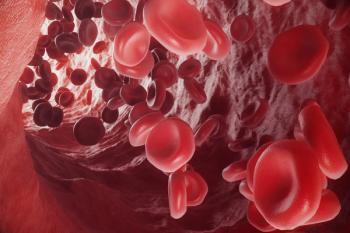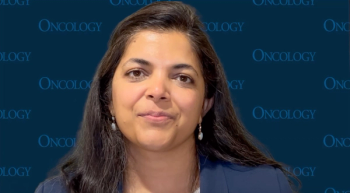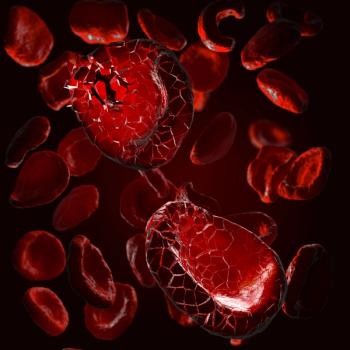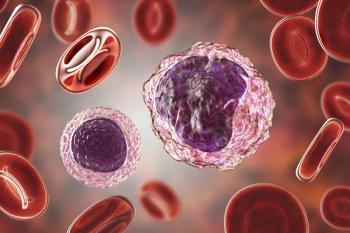
Simple MALT Lymphoma Index Can Predict Risk of Poor Outcomes
A new study identified simple risk factors that could help identify patients with extranodal marginal zone lymphoma of the mucosa-associated lymphoid tissue (MALT lymphoma) at high risk for poor outcomes.
A new study has identified simple risk factors that could help identify patients with extranodal marginal zone lymphoma of the mucosa-associated lymphoid tissue (MALT lymphoma) at high risk for poor outcomes, and validated this resulting prognostic index.
“The International Prognostic Index (IPI) for diffuse large B-cell lymphomas was developed more than 2 decades ago and has proven a reliable prognostic tool for choosing treatment for these patients and guiding stratification in clinical trials,” wrote study authors led by Catherine Thieblemont, MD, PhD, of Hôpital Saint-Louis in Paris. The usefulness of the IPI in other lymphoma subtypes, however, has not been well established, and selection of appropriate treatment in MALT lymphoma remains challenging.
To establish an IPI specifically for this malignancy, the investigators examined data from 401 patients enrolled in the IELSG-19 trial, and then validated their new scoring system in a separate cohort of 633 MALT lymphoma patients (a combination of three separate cohorts). The results were
In the initial 401 patients, the cohort was followed for a median of 7.4 years. Primary gastric MALT lymphoma was diagnosed in 42.6% of patients, and disseminated disease was present at diagnosis in 43.6%.
A stepwise Cox regression analysis found three independent predictors of shorter event-free survival (EFS). These included Ann Arbor stage III or IV, with a hazard ratio (HR) of 1.79 (95% CI, 1.35â2.38; P < .001); age of 70 years or older, with an HR of 1.72 (95% CI, 1.26â2.33; P = .001); and elevated LDH level, with an HR of 1.87 (95% CI, 1.27â2.77; P = .002).
From those factors, the researchers created a MALT lymphoma IPI. The presence of none of those factors was low risk (167 patients), one factor was considered intermediate risk (165 patients), and two or more was considered high risk (68 patients). The low-risk group had a 5-year EFS rate of 69.8%, and the median EFS was not reached. The intermediate-risk group had a 5-year EFS rate of 55.7%, and a median of 6.3 years, and the high-risk group had a 5-year EFS rate of 28.7% and a median of 2 years.
The IPI also was able to effectively distinguish the groups on the basis of progression-free survival (PFS), cause-specific survival (CSS), and overall survival (OS). With the low-risk group as a reference, the intermediate-risk patients had an HR for EFS of 1.5 (95% CI, 1.1â2.1). The high-risk group had an HR for EFS of 3.3 (95% CI, 2.3â4.8).
This was confirmed in the external validation set of patients, with the score again successfully separating the groups based on EFS, PFS, CSS, and OS.
“Treatment of populations with rare cancers, frequently in the absence of consensus or definitive recommendations, is a major challenge for clinicians,” the authors wrote. “This novel index promises to be a simple and powerful tool to identify patients at increased risk of progression or death, allowing treatment approaches to be modulated accordingly.”
Newsletter
Stay up to date on recent advances in the multidisciplinary approach to cancer.

















































































